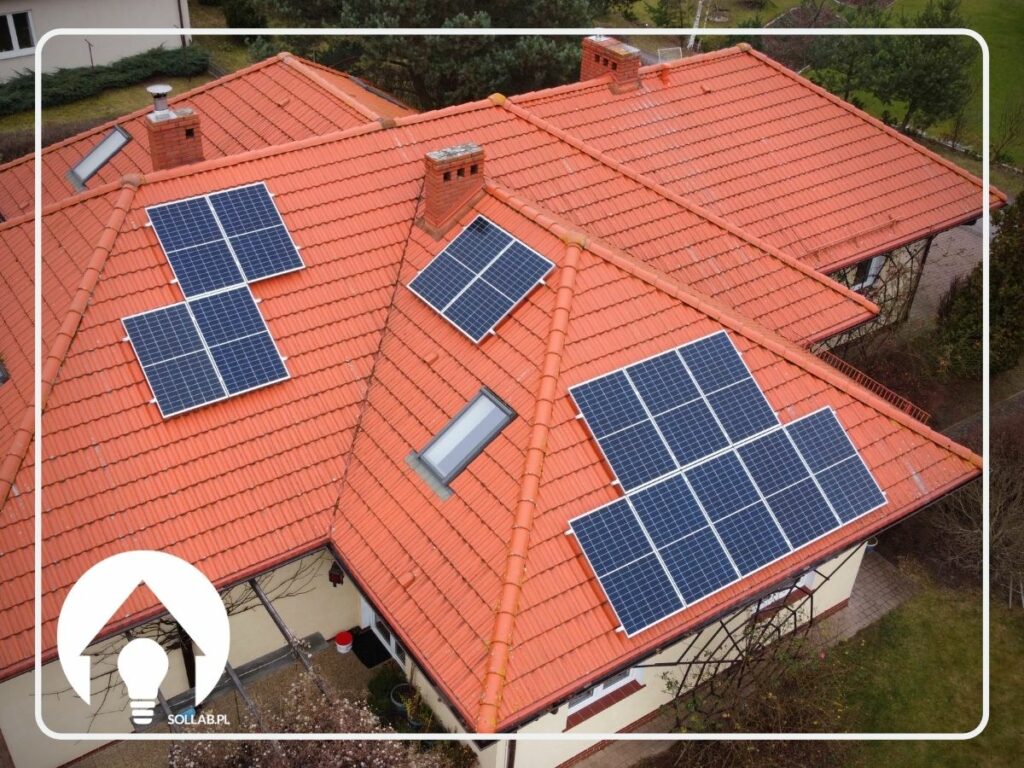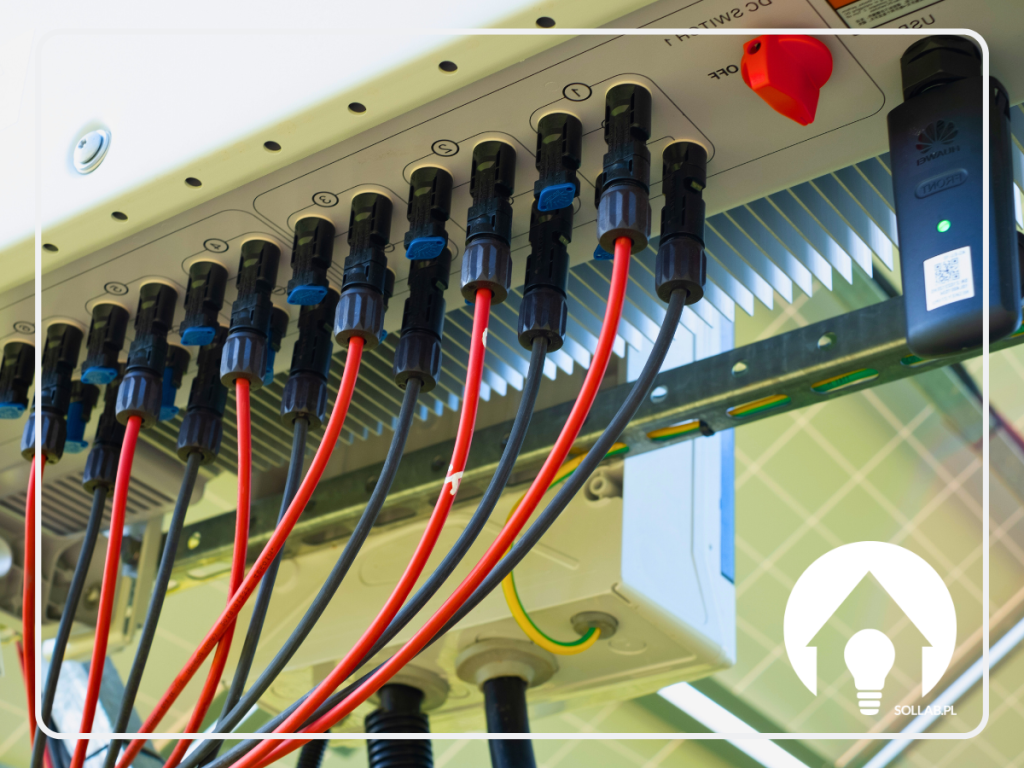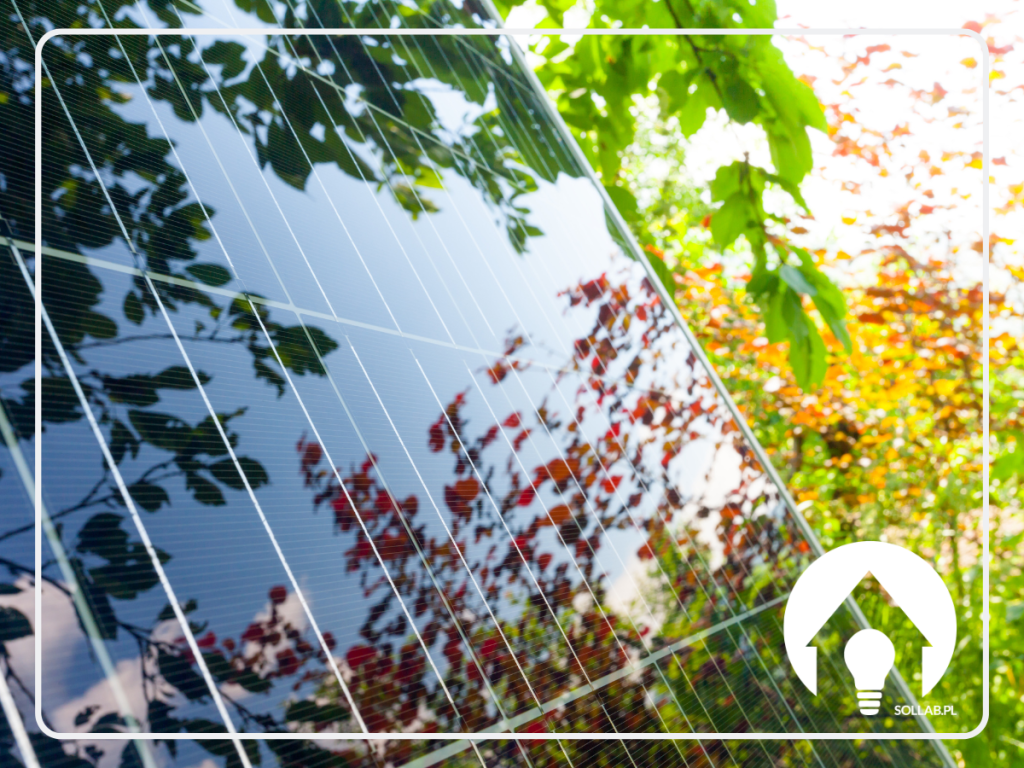Photovoltaic cells are nowadays increasingly used in household solar panels. Gdansk is one of the cities where photovoltaics is developing rapidly.
Basic principles
Solar panels consist of photovoltaic cells housed in a common frame. Each is made of a semiconductor material, such as silicon, which is most commonly used in solar panels. When the sun's rays fall directly on the semiconductor, it heats up, partially absorbing their energy. The flow of energy causes electrons to be released. An electric field is applied to the photocell, which directs the free electrons, setting them in motion in a specific direction. In this way, an electric current is created. This is how solar panels work. Gdynia, Gdańsk or Sopot - you can order photovoltaics to suit your needs.
If you attach metal contacts to the top and bottom of the photocell, you can direct the resulting current through the wires and use it to operate various devices. The current, together with the voltage of the cell, determines the power of the electricity produced by the photocell.
Silicon semiconductors
A silicon atom has 14 electrons in three shells. The first two shells are completely filled with two and eight electrons respectively. The third shell is half empty - there are only four electrons in it. Silicon atoms try to 'share' electrons with their neighbours. However, a pure silicon crystal is a poor conductor because almost all its electrons sit firmly in the crystal lattice. Therefore, solar cells never use pure silicon, but crystals with small impurities, i.e. atoms of other substances, are introduced into the silicon.
When the sun's rays strike silicon, - the electrons gain additional energy. The released electrons move through the crystal lattice and become the carrier of energy, which is generated by the photovoltaic panels. Gdańsk is a city with a lot of sunshine, which makes photovoltaics beneficial here. The Tricity is one of the sunniest areas in Poland.
Free energy
Most of these electrons become free carriers that can be efficiently directed and used to generate electricity. The process of adding impurities to improve the chemical and physical properties of a substance is called doping. Silicon doped with phosphorus atoms becomes an n-type electronic semiconductor (from the word 'negative', due to the negative charge of the electrons). Silicon is also doped with boron, which has only three electrons in the outer shell. The result is a p-type semiconductor (from 'positive'), in which free positively charged 'holes' appear.

















